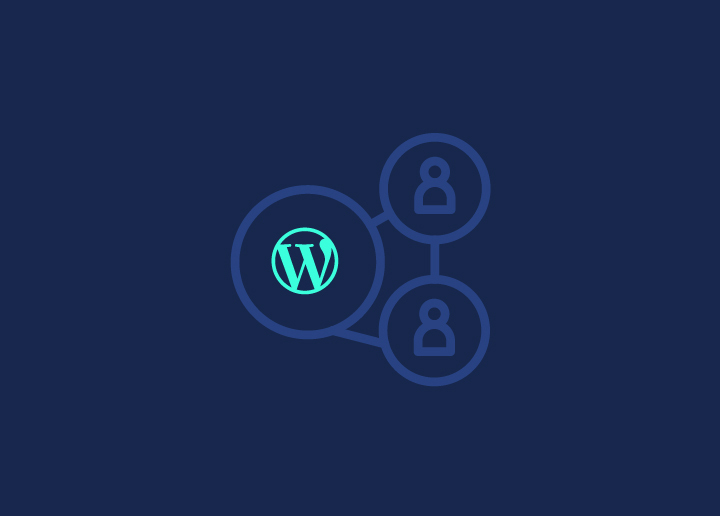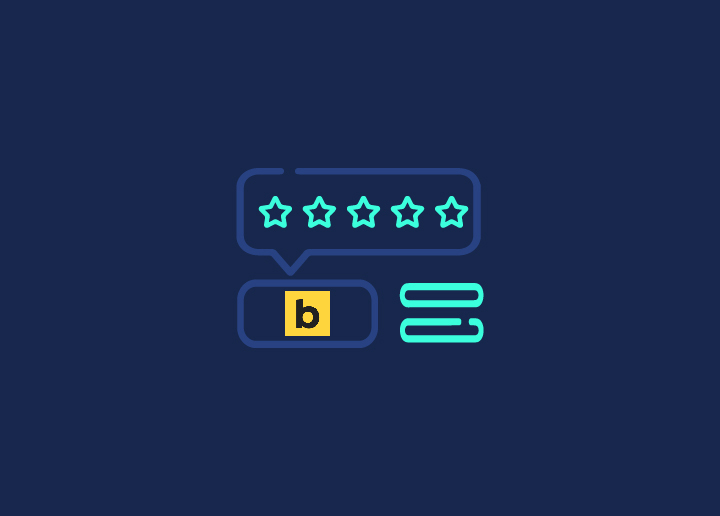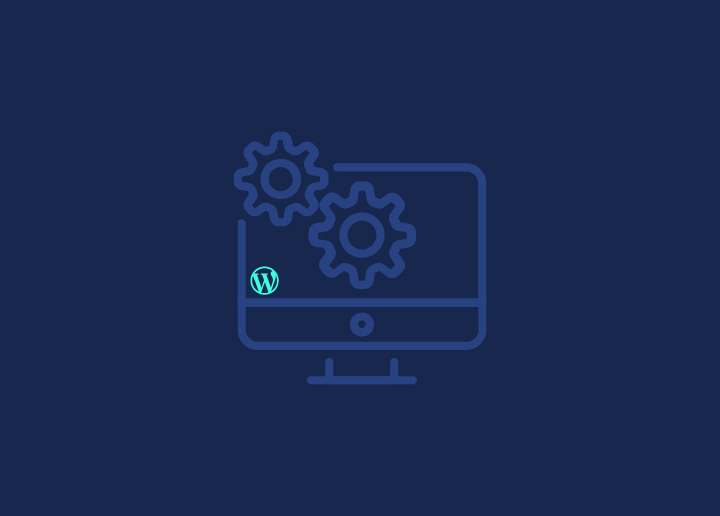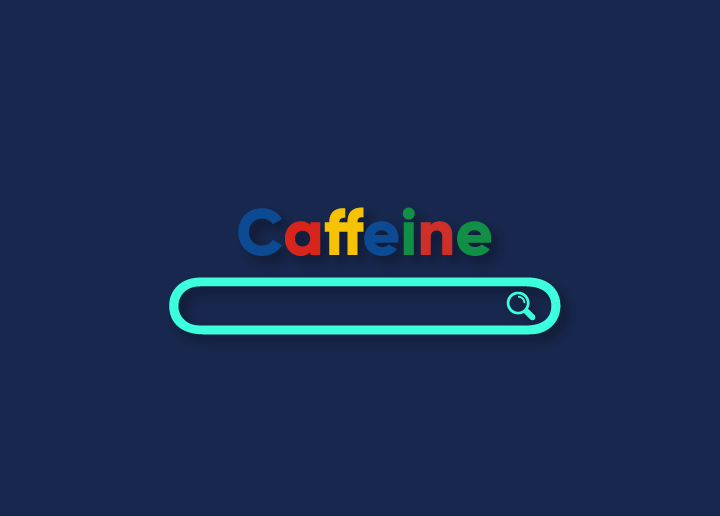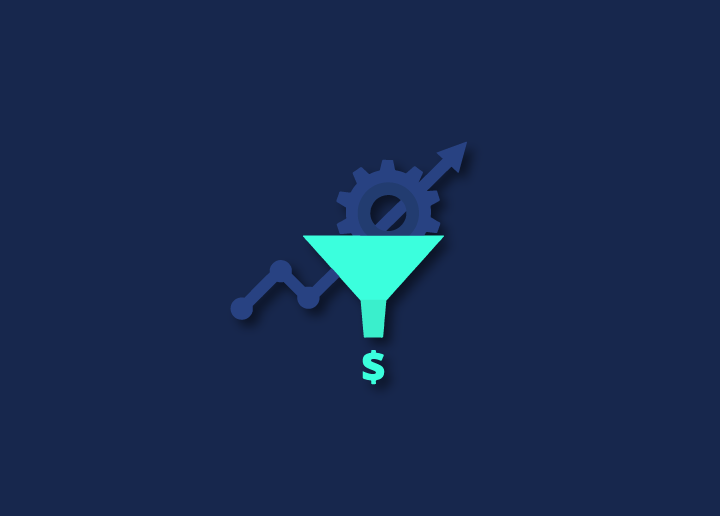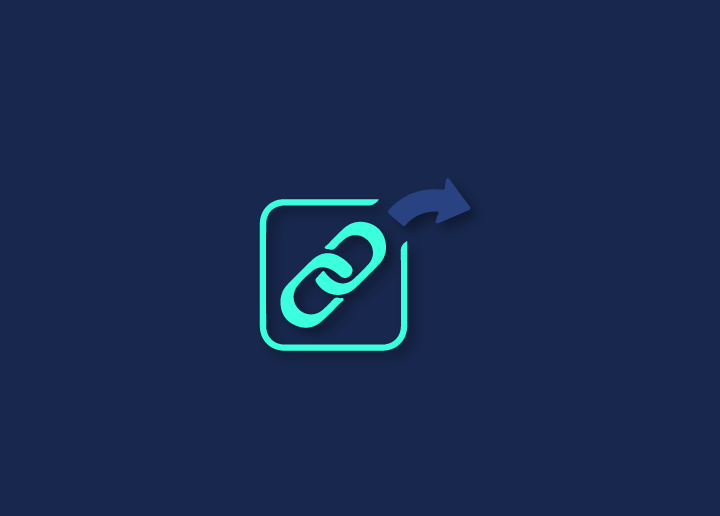In June 2010, Google unveiled a new internal mechanism for managing website content indexing called “Caffeine.” Caffeine is the name given to the brand-new search index that was developed.
Caffeine offers search results up to fifty percent more recent than our previous index. It also has the most extraordinary collection of online material we’ve ever made available to users. You can uncover links to relevant material much sooner after publication, whether the content in question is a news article, a blog post, or a forum post. It was never workable.
Google Caffeine
Google Caffeine is not a traditional update like Penguin or Hummingbird, which modifies the search itself or the results lists. Instead, Google Caffeine makes changes to how search results are displayed. A significant shift in Google’s infrastructure occurred in June 2010 when the modification was first implemented. Also, the world wide web and the breadth of multimedia materials were significant factors in launching it.
The world wide web offers various content, including video—still images, podcasts, and news feed. Google Caffeine was developed to keep up with the most recent technological advancements and, in particular, to reduce the time that elapses between the crawling process and the delivery of information.
What is the function of Google Caffeine?
The new web indexing technology was known as Caffeine. Google could crawl and store data more after using this new technique. As a result, according to Google’s statements, the company was able to expand its index and give far more up-to-date results.
In their previous indexing approach, pages and content kinds were assigned to categories according to the perceived freshness needs of the material. All this was done depending on the categorization of the information in the issue. Thus several crawlers were sent, some of which looked for changes while others reindexed sites that had been altered.
If a website was placed in the “fresh” category, it was crawled by various bots that added the information to the index. Omit, most websites only had their content reindexed once every two weeks or so.
It creates the possibility that relevant and recent information may omit from the index owing to a site’s optimization.
Because Google now has the potential to scan websites, gather data, and add it to their index in a matter of seconds. Thanks to Caffeine, users now have access to far more up-to-date information across a more significant number of websites.
Final Words
Because Google Caffeine examines the web in bite-sized chunks, the company can update the search index using the information it gathers. Thus, if Google comes across new information, it can include it in its index. It implies that we can find more recent stuff than ever, which means we become happy searchers.
Seahawk discusses more Google glossaries which will help you understand the terms better.








